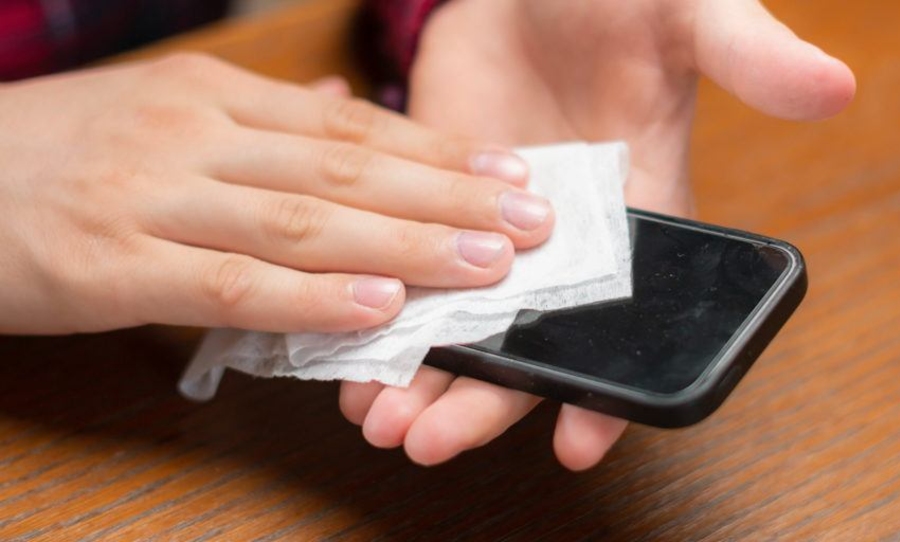Forget about shoving it up your nose – mobile phone swabs could become the new way to test for coronavirus!
A team led by UCL researchers at Chilean health start-up Diagnosis Biotech have discovered a unique way of testing for COVID-19 – by using samples taken from your mobile phone screen!
Thank god – those nose jabs were getting bloody painful!

The new method, now known as Phone Screen Testing (PoST), has been described as accurate, non-invasive and lost-cost by health professionals – and could pave the way for the future of not only covid testing, but medical testing in general.
Image the time you’d save not having to go to the doctor! Although we’d certainly miss those cheeky certificates getting us off work now and then.
The game-changing study, as published in eLife, found that people who tested positive from the traditional nose jab were also found positive after submitting samples taken from their phone.
there’s gotta be a less painful way to take the covid test bc that shit felt like i got pool water up my nose and it wouldn’t come out. gosh damn that hurt
— aidan nicola (@lalaaidan) July 6, 2021
And how accurate is it?
Between 81 and 100 per cent of people with confirmed Covid showed evidence through both. That’s pretty darn close, if you ask us.
Testing remains a priority worldwide as new variants continue to flood in. However, the process has been notoriously expensive.
If studies can continue to show that phone screen swabs are just as effective, then it may provide an economic solution for countries, especially lower-income countries, around the world for efficient testing.
Furthermore, it would also incentivise a larger uptake of voluntary testing which has until now been slowed due to the inconvenience surrounding the process.
Me either and I read recently that a number of Kiwis with Covid symptoms opted not to be tested. I have no doubt that the painful swab is the major reason why they wont. I would happily take a saliva test but up my nose, no way.
— Amy Jones (@Light42Lime) July 6, 2021
Let’s not forget that only a few weeks ago, testing cues in Melbourne were recorded with waiting times of over 6 hours!
Dr Rodrigo Young, who led the study in Chile, says he’s excited for the future.
“We immediately knew this was something special, as PoST is a method that would not only make COVID-19 mass testing much easier but could also be used to contain outbreaks of new naturally occurring and man-made viruses, to avoid future pandemics.”
Let’s hope he’s right!



